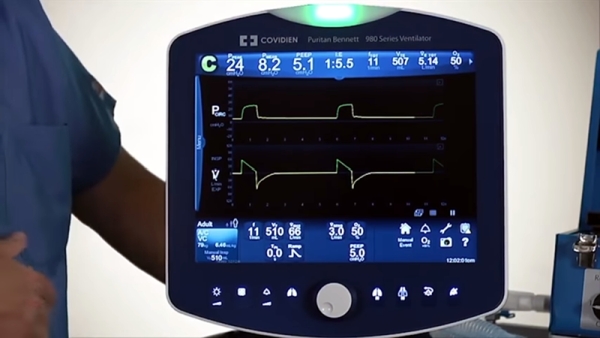Experts on cognition tell us that most people think they know more than they really do. One particular indicator for that is if someone is an expert in one field and they feel like all other fields relate to theirs (everything boils down to math or chemistry or physics, for example). This causes them to be overconfident on things they don’t actually know about. When it became clear that the current virus crisis might lead to a shortage of ventilators, many electronic experts set about to design low-cost easy to replicate ventilators. How hard is it, after all, to squeeze a bag once every few seconds? But it turns out, there are a lot of details you need to know to do it right. [Real Engineering] and [Real Science] joined to create an excellent video that covers a lot of what you need to know. You can see the video below. The video shows a few designs that — while motivated by altruism — would probably do more harm than good if used on real patients.

The video’s creator is a biomedical engineer who worked in the past for Medtronic — a maker of ventilators who, by the way, recently open-sourced one of their designs. They also had [Dr. Rohin Francis], who has a medical YouTube channel, fact check the video. and provide some on-screen background We learned a few new medical terms and found that a high-end ventilator made in one factory gets built at about 225 per week. They think they can increase to 500.
There are actually two different issues. First, the medical capabilities of the ventilator are important, of course. The bag that is at the heart of nearly all the recent “emergency designed” ventilators use, in some cases, can actually work against the body’s breathing mechanism. Too much pressure can cause barotrauma — injury to delicate lung cells due to overpressure.
The other concern is reliability. If my Arduino clock needs to reboot once or twice a day, that’s not ideal, but it won’t bother anyone. If the machine breathing for me hangs up ever, that’s a very serious problem.
[Real Engineering] thinks many of the commercial entities using ventilator designs to grab publicity are appropriating work from MIT that has been around for a few years. There are subtle features in the design that are not always obvious to people who might be copying or trying to simplify the design.If you want to try your hand and making a simplified emergency ventilator, you really should watch this video. It mostly focuses on the medical side of things. For more on the safety-critical problems, we’ve talked about others raising awareness of that topic, as well.
We are all for hacking ventilators. However, we need to be sure we understand the problem isn’t just an electromechanical one.
Source: REAL ENGINEERING BEHIND VENTILATORS
